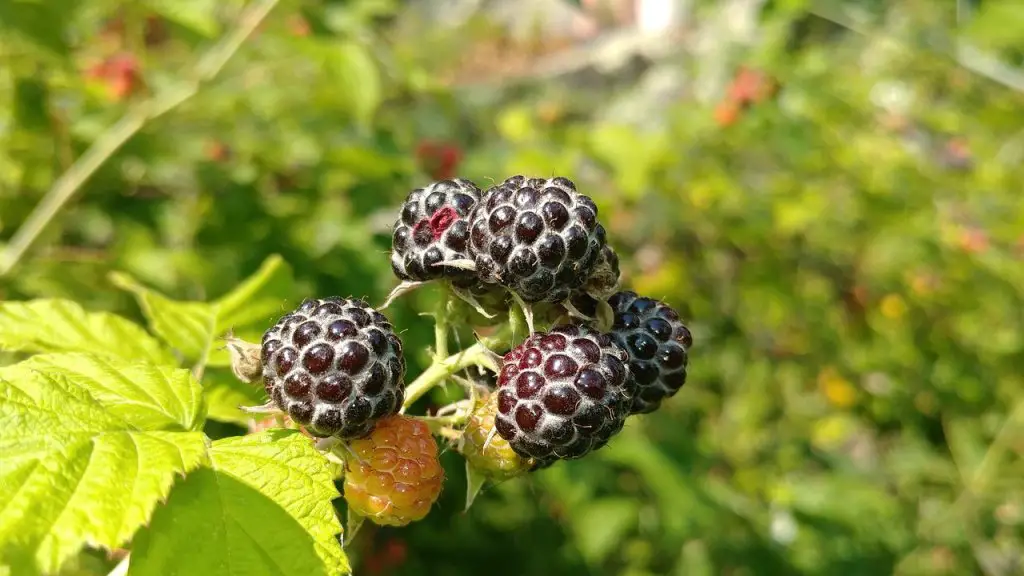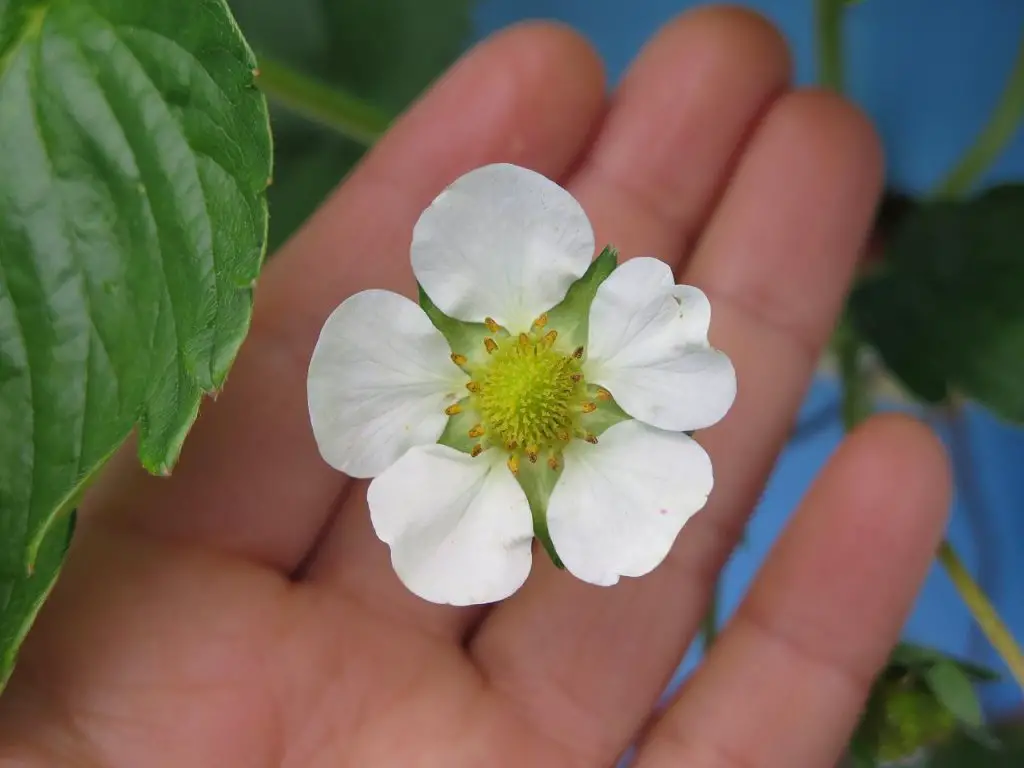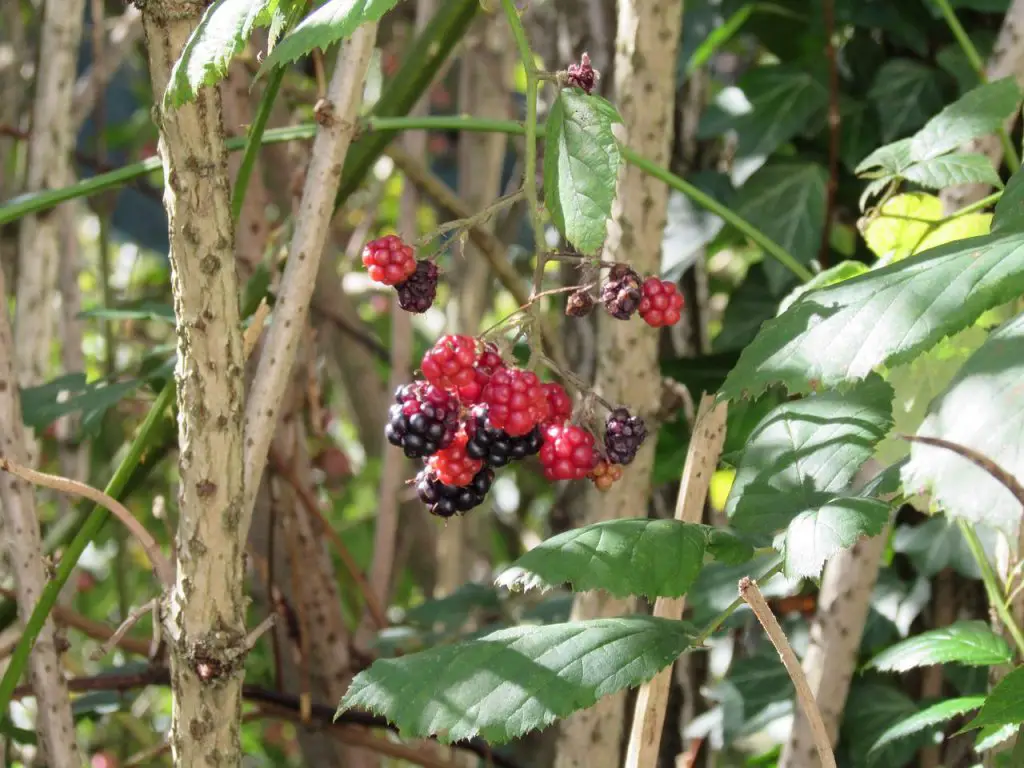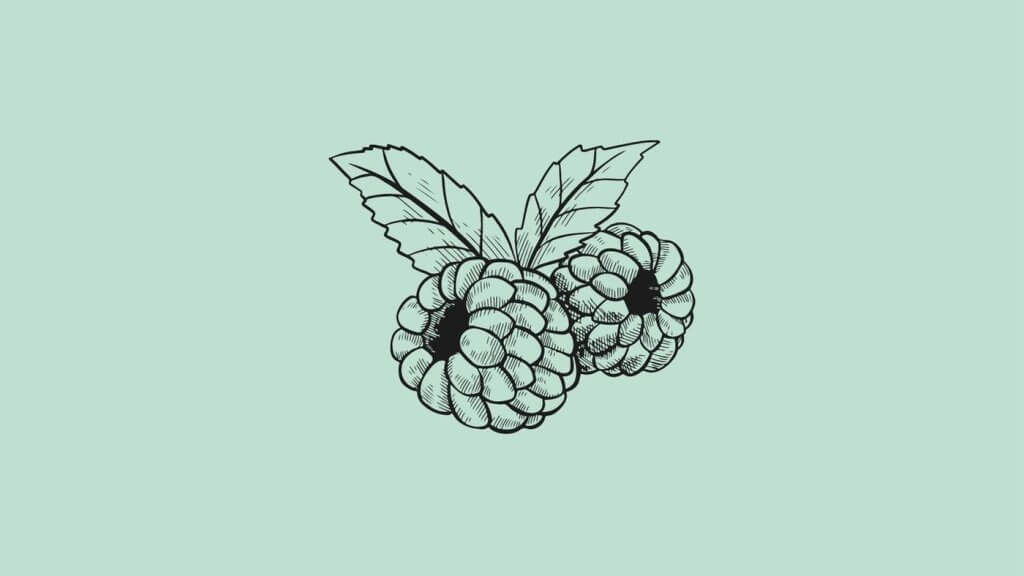Wild berries, including wild raspberries, that grow in the wild thick woodlands are safe to eat. You can even eat ripe wild raspberry right from the bush. Simply look at the leaves and flowers of wild raspberries to identify them.
Can You Eat Wild Raspberries?
You may want to know if there is poison in wild raspberry plants. That’s a good question you should always ask yourself when foraging.
Like the wild raspberry bush, many wild berries that grow in the wild thick woodlands are safe and scrummy to eat. You can even eat ripe wild raspberries right from the bush.
However, if you come face to face with strange, delicious-looking berries, remember that some are poisonous. Always know if a berry is edible or not before it passes your lips.
What Are You Foraging For Right Now?
We're thrilled to hear your ideas. What would you like to submit today? Feel free to share your thoughts and experiences with us.
Check out our video below to find out more about how to forage wild raspberries.
Are Wild Raspberries Good for You?
Yes, raspberries are stuffed full of goodness. All wild berries, including wild blackberries and dewberries, are full of vitamins, minerals, and antioxidants.
In particular, raspberries, blackberries, elderberries, and mulberries are top sources of calcium and potassium.

Wild red raspberries are tasty, abundant (you can even find them on the side of the road), quickly spotted and foraged, and full of nutrition.
How Can You Tell Wild Raspberries?
When looking for wild raspberries, it’s easier to break the plant down into different sections, starting with the raspberry leaf.
1. Leaves
Wild raspberries have compound leaves with five to seven serrated leaflets, which are noticeably thinner than blackberry leaves.
These distinct leaves make the wild raspberry easier to spot.
2. Flowers
You may have to wait a brief time for the flowers of the wild raspberry to bloom, as they only appear from June to August.
This white-petalled flower only keeps its petals for about one day, but you can use the flowers to spot the wild raspberry.

3. Stem
Did you know that the wild raspberry only grows as a vertical raspberry cane with leaves in the first year?
Watch out for the second-year canes as lots of leaves and flowers sprout. Tiny red thorns adorn the stem, but unlike roses, these thorns are only small and soft.
4. Fruit
The red berries of the raspberry plant most often appear from summer to fall. You’ll know they’re ripe when you can easily pull the red raspberry away from the core.

Raspberries Vs. Wild Raspberries
Unlike their tamer, store-bought cousins, the wild red raspberry has a sharper, tangier flavor.
Eating right from the raspberry bush may only need or find enough for a handful.
Blackberries Vs. Wild Raspberries
Both fresh berries look similar, the only difference being the color when wild red raspberries or wild black raspberries are ripe.
But blackberries are always black when ripe, whereas wild raspberries are red or black.
When foraging for Rubus occidentalis, or blackberries, look for ripe berries that are black and solid to the stem.
In contrast, raspberries are cup-shaped and hollow.
Where to Find Wild Raspberries?
Roadsides, clearings, and mixed woodlands are the most common areas where you’ll be lucky enough to find wild raspberries, mainly because wild berries are a deceptively invasive species.
You’ll soon train your eyes to spot the wild raspberry thickets as you keep in mind the description above. Remember that the non-cultivated, wild plants are very thorny and usually sprout in brambles.
It’s best to scope out your picking spots in spring when the wild berries are covered in small, creamy white blooms that stand out against the variety of green foliage.
In warmer climates, you can look for ripe fruit in May or June, but you may have to wait until July in cooler climates. Once ripe, they can pick plucked over several weeks.
For those based in North America, you will often come across its native Rubus strigosus, or you may know its more common name of American red raspberry.
What to Do with Wild Raspberries?
If you’re lucky enough to come across an unplucked wild raspberry bush, you can store them and use them as you would store-bought raspberries.
Wild red raspberries go great in many dishes, including;
- Sorbet
- Jam
- Cobblers
- Pies
- Smoothies (frozen)
- Jellies
Or sprinkle fresh red berries on top of cereal, muesli, and salads for a refreshing summer treat.
Are Wild Raspberries Better Than Other Berries?
In truth, this comes down to personal opinion. Although cultivated raspberries are sweeter and juicier, wild raspberries have a lovely tang which can help balance out a bland salad or dish that’s too sweet.
Even though wild berries will spoil quicker than cultivated berries in the fridge (within a couple of days), they are ready for harvest earlier than store-bought raspberries. You can start plucking these juicy red berries by mid-midsummer.
Ensure you eat your wild raspberries within a day or two, or they will spoil, becoming mushy and inedible.
So now you know to keep your eyes peeled for these little red beauties when their new canes sprout and the ripe red berries bloom.
Getting into the great, wet outdoors in search of edible plants, herbs, fruits and fungi is one of Sarah’s favorite outdoor pursuits. She thinks there’s nothing better than combining her passion for hiking with the start of the foraging season. Sarah’s definitely not afraid of a little rain and dirt, it’s all part of the fun.

